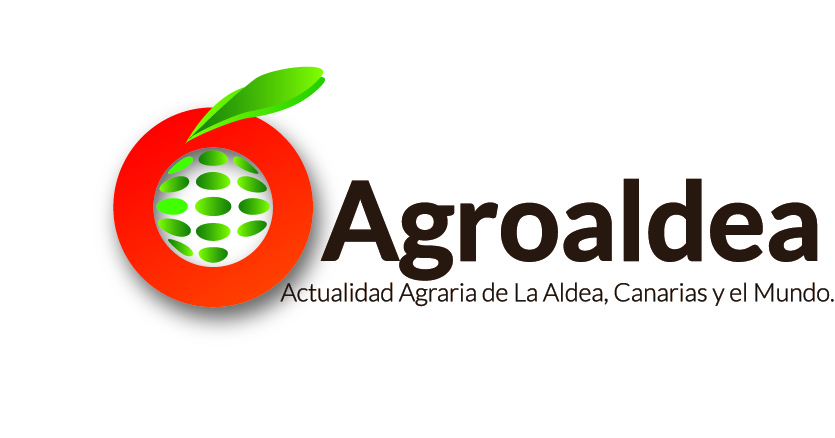 The Canary Islands government froze over last week 300 kilos of pineapple in southern Tenerife and intensified inspections to combat illegal introduction of these productions.
The Canary Islands government froze over last week 300 kilos of pineapple in southern Tenerife and intensified inspections to combat illegal introduction of these productions.
The Ministry of Agriculture, Livestock, Fisheries and Water of the Canary Islands Government has confiscated illegal exotic tropical fruits in Mercalaspalmas, in Gran Canaria, including several boxes of mangosteen were, from Indonesia and physalis, tamarillo y granadilla, originating in South America.
The introduction of these productions, requisitioned two importers in this central purchasing, is prohibited by law established phytosanitary rules on the movement of plants in the islands to prevent the possible entry of pests.
Inspectors Plant Health Service of the Directorate General of Agriculture detected tropical fruits in one of the routine checks carried out on markets, shops, tourist establishments and operators of fruit and vegetables to curb the illegal entry of these products.
The merchandise was immobilized and stored in a cold room and technical proceeded to lift a precautionary quarantine certificate attesting to determine the origin of the plant material. The kilo of some of these tropical fruits, which they are still in high demand in the market for their supposed healing properties, You can reach the price 20 EUR.
The Ministry has intensified inspection operations to combat smuggling of tropical fruits and vegetables, actions that resulted in the stoppage, last week, of 316 kilos of illegal tropical pineapple on a trade in the south of Tenerife, also sold wholesale to other establishments.
Due to its characteristics varietals -size, color, organoleptic properties, etc.- inspection agents determined that pineapples could come from Central America. The department will now conduct analysis of pesticide residues, since being an introduced fruit could have traces of unauthorized products for the crop, Action would also be punishable.
The Spanish Red variety, the most widely grown in the Canary Islands, mainly on the island of El Hierro, It is usually smaller than the MD-2, also known as Gold, variety that has greater presence in Central American countries. In addition, outside has a light green or reddish, facing each other is yellow. Its flesh is light yellow, while its competitor has a more intense tone. In taste, the Spanish Red is more acidic than the MD-2, which is sweeter. However, we recommend the consumer to check the origin of the product to be acquired- which must be properly identifiers, as the MD-2 is beginning to grow also in the Archipelago.
Order 12 March of 1987 establishes, in order to prevent risks posed by the possible introduction or spread of quarantine pests in canary territory, a series of restrictive measures at the entrance to the Archipelago of certain plant products that may be carriers of the same.

